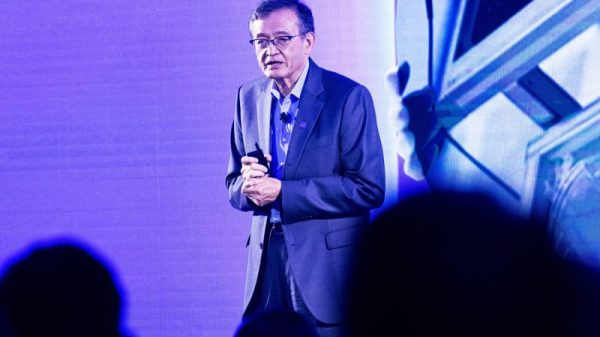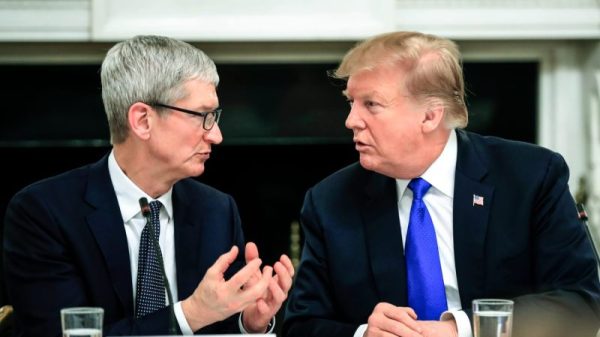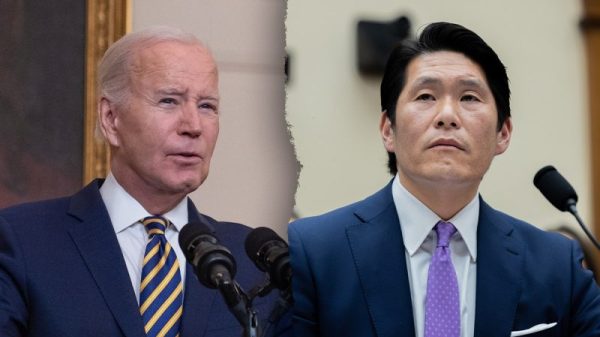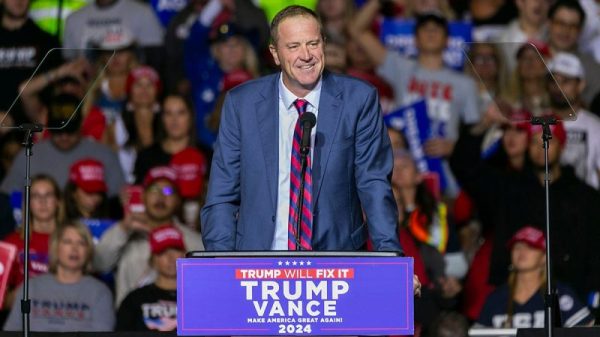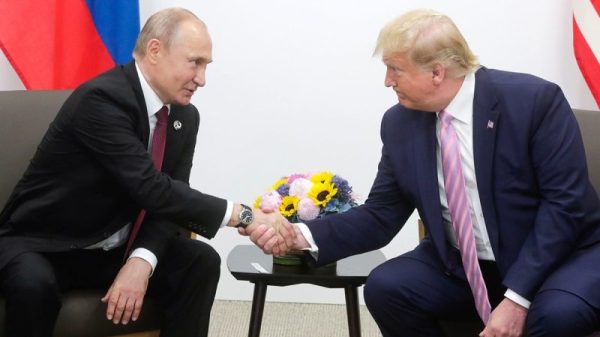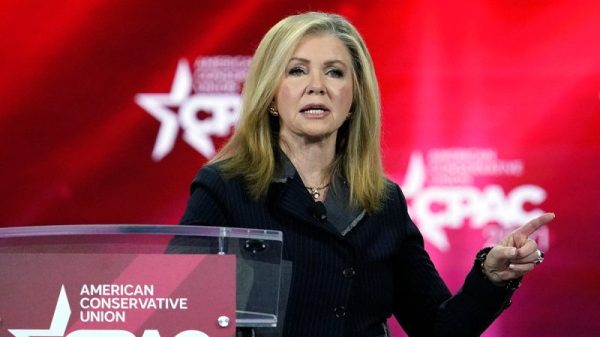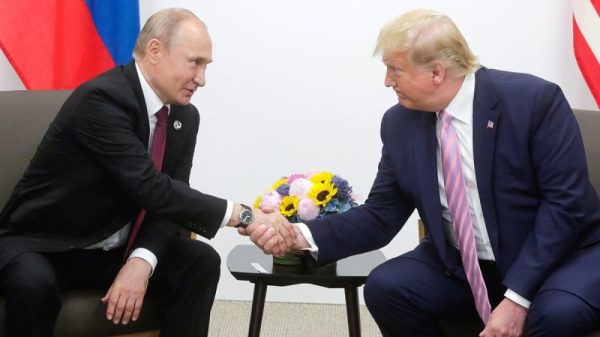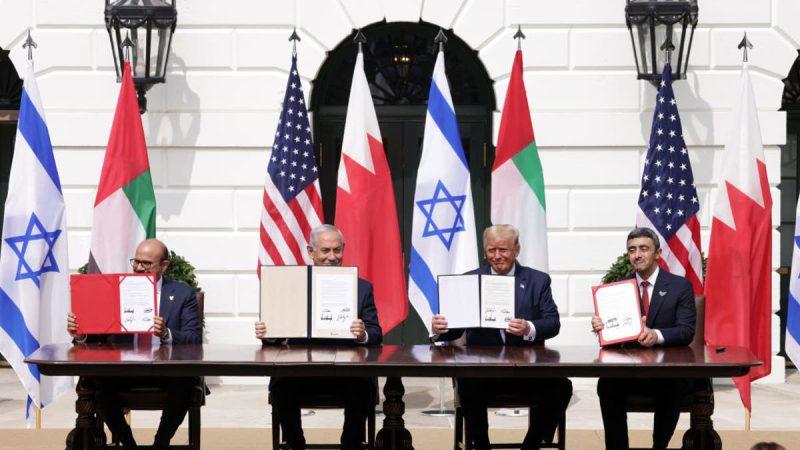In the realm of foreign policy, the approach of any administration holds significant weight in shaping global dynamics and relations. President Donald Trump’s first term was marked by a distinctive approach that championed the notion of America First and sought to redefine alliances, trade agreements, and international engagement. As the potential for a second term looms on the horizon, experts speculate on how the administration’s foreign policy may continue to evolve, with a likely focus on strength and deterrence.
Throughout his first term in office, President Trump pursued a foreign policy agenda that diverged from traditional norms and challenged established frameworks. Underpinning this approach was a commitment to prioritizing American interests and reasserting the country’s role as a global powerhouse. This strategic realignment saw the administration confront adversaries with a combination of economic sanctions, military posturing, and diplomatic pressure aimed at securing favorable outcomes for the United States.
One key aspect that is expected to feature prominently in President Trump’s potential second term foreign policy is a continued emphasis on strength. The administration has consistently emphasized the importance of projecting power and resolve to deter potential adversaries and safeguard American interests. This approach reflects a belief that a strong and assertive stance is essential for maintaining stability and protecting national security in an increasingly complex and competitive world.
Moreover, the notion of deterrence is likely to remain a central pillar of the administration’s foreign policy strategy in a potential second term. Deterrence, in this context, refers to the use of military, diplomatic, and economic tools to dissuade adversaries from taking actions that are contrary to American interests. President Trump’s administration has shown a willingness to deploy a range of deterrence mechanisms, from economic sanctions to military deployments, in an effort to prevent hostile actions and maintain a position of strength on the global stage.
In addition to strength and deterrence, another key aspect that may shape the administration’s foreign policy in a second term is a focus on consolidating alliances and partnerships. While President Trump has been known for his skepticism of traditional alliances and multilateral agreements, there is a recognition of the strategic importance of working with international partners to address shared challenges and advance common objectives. As such, a potential second term may see the administration seeking to strengthen existing partnerships and forge new alliances to better position the United States in a rapidly changing global landscape.
Overall, President Trump’s potential second term foreign policy is likely to continue to prioritize strength and deterrence as core principles guiding America’s engagement with the world. By emphasizing a robust and assertive approach, coupled with a commitment to maintaining alliances and partnerships, the administration aims to safeguard American interests, project power, and shape global dynamics in a manner that advances the country’s strategic objectives. As the world watches for the unfolding of events in the upcoming election, the future trajectory of U.S. foreign policy remains a topic of intense interest and speculation.






